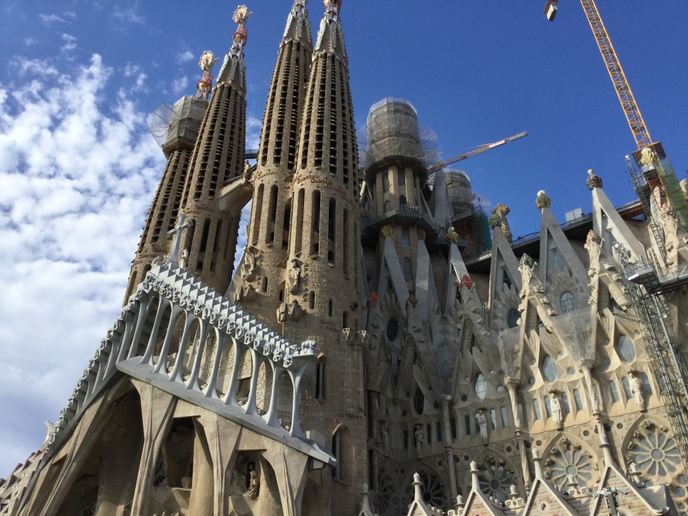The ‘internet of connected historical things’ – available anywhere, anytime
Whilst European countries benefit from a rich cultural heritage, there is much variety and diversity in how this resource is documented and presented. Furthermore, current technologies – such as for 3D model generation – usually rely on dedicated software, based on complicated algorithms and requiring specialist skill-sets. The EU-supported DigiArt project created a common platform for the ‘internet of connected historical things’, available on any web-enabled device. To complement this, DigiArt developed bespoke software capable of processing data post-capture for 3D model generation, with one mouse click – opening up the field to non-technical users. The project also developed manipulation techniques, based on semi-automated tools, allowing curators to curate their own content. Augmented Reality (AR) and Virtual Reality (VR) demonstrations were presented in three case studies, including showcasing narrative techniques to linked artefacts across regions or time, in informative and entertaining scenarios.
Tools for digging deeper
DigiArt developed a technological toolset for use by museums to create a revolutionary way of viewing and experiencing artefacts and sites. These tools cater for the complete digitisation process of data capture, data processing, story building, 3D visualisation and 3D interaction. During the project, experiments were conducted to test and verify the most appropriate 3D reconstruction techniques for small artefacts (3D scanners) as well as various drones and camera systems for large-scale scanning of archaeological sites. The system performed semantic analysis on the resultant 3D representations, using specially developed algorithms, to extract information and then form informative hyper-links between artefacts, creating a web of meaning. Another key aspect to the project’s technology was the Story Telling Engine. This user-friendly web interface allows curators to customise 3D models of objects or actual sites by defining the behaviours experienced by users, as well as uploading supplementary information to be communicated by video or avatar, for example. “The system presents the artefact, linked to its context, in an immersive display with virtual and/or augmented reality elements. Linkages and information are superimposed over the view of the items, which are supplemented with audio recordings offering more historical detail,” says project coordinator, Andy Shaw.
Developing the ‘virtual tours’
The project successfully trialled demonstration scenarios in three museum settings, offering a range of artefacts and posing different challenges. It was installed for 3D models of the Palace of Aigai, Macedonia, a virtual museum containing the Liverpool John Moores University anthropology bone collection and in Scladina cave near Namur, Belgium. In the case of Scladina Cave, the AR has already been installed for visitors, supplemented by the Story Telling Engine explaining how this area evolved down the years. The technology was developed as open access, with the 3D models available on the DigiArt website as well as on GitHub. Instructions on how to make a 3D scanner and the software required to operate it are also available online. “The technology can help people with disabilities explore cultural sites where physical access might not be available. Additionally, researchers can use the open access 3D models to further their work,” says Shaw. “We are now looking to expand into more scenarios such as developing sensing technology for preservation work.”
Keywords
DigiArt, 3D, cultural heritage, augmented reality, virtual reality, artefact, archaeological sites, digitisation, museum, models, scanner, internet of historical things







